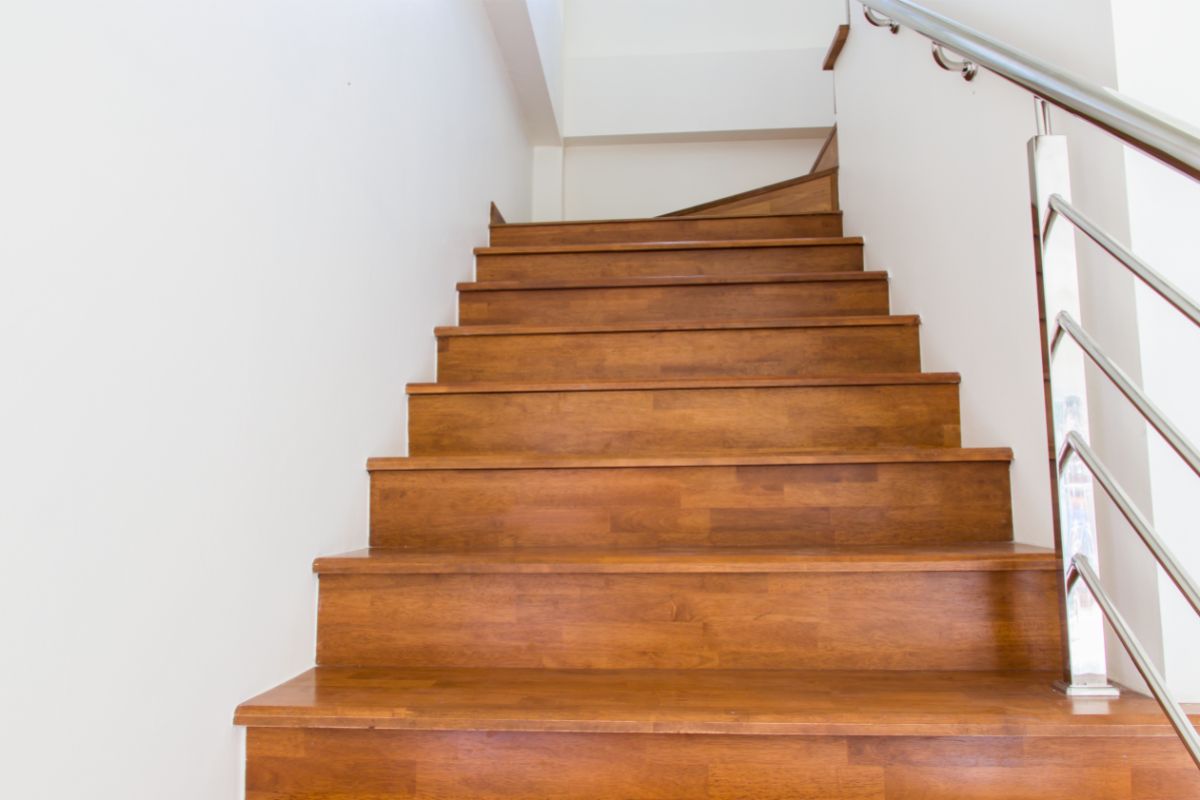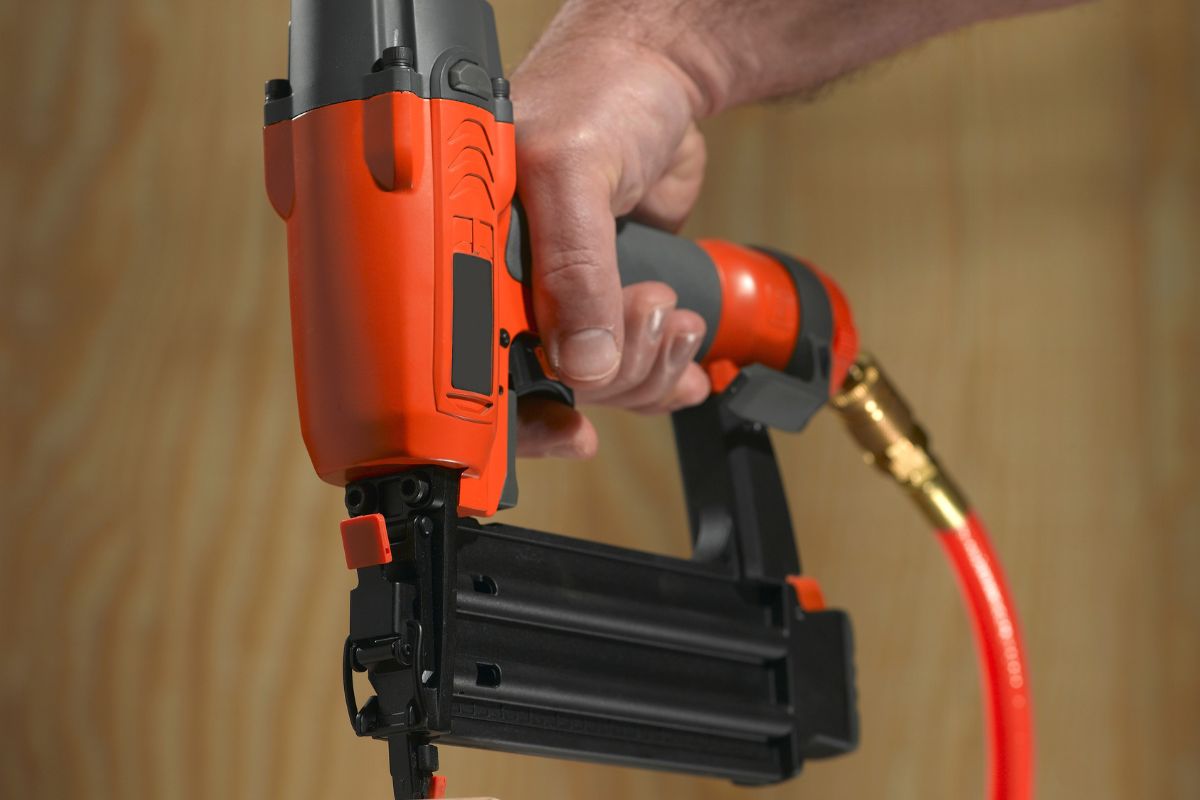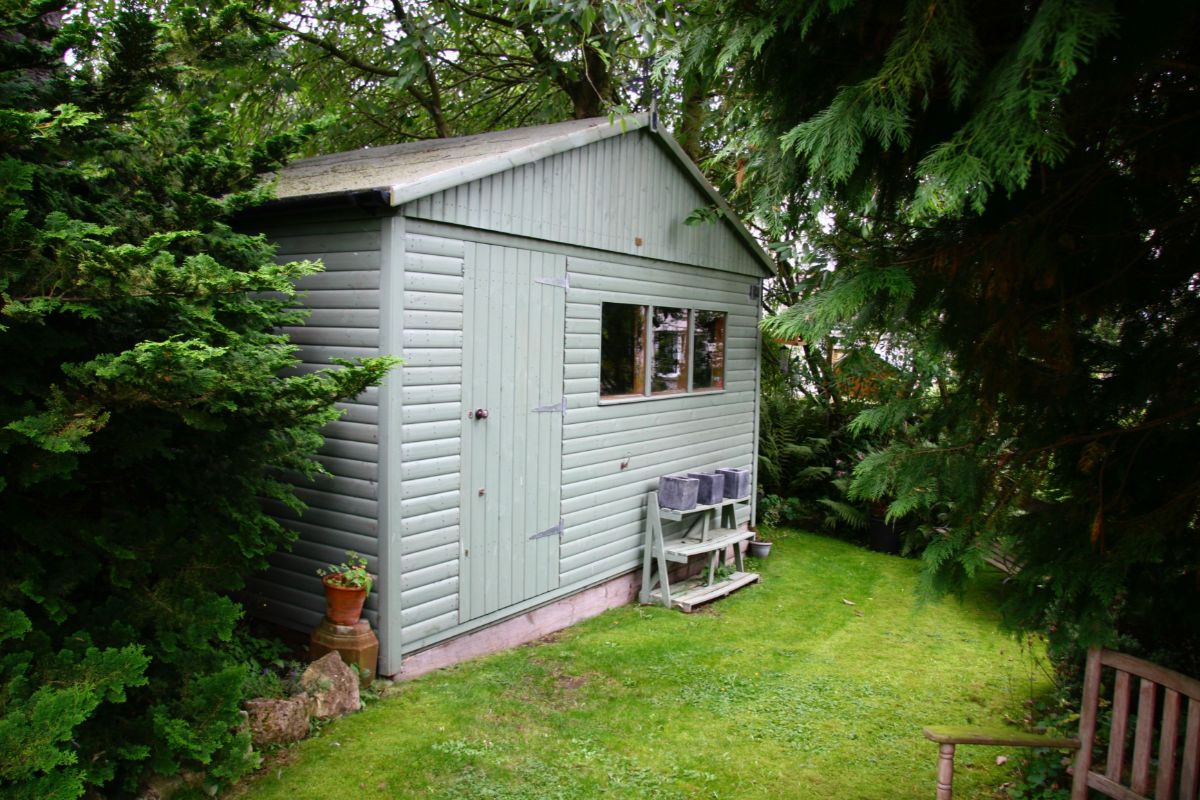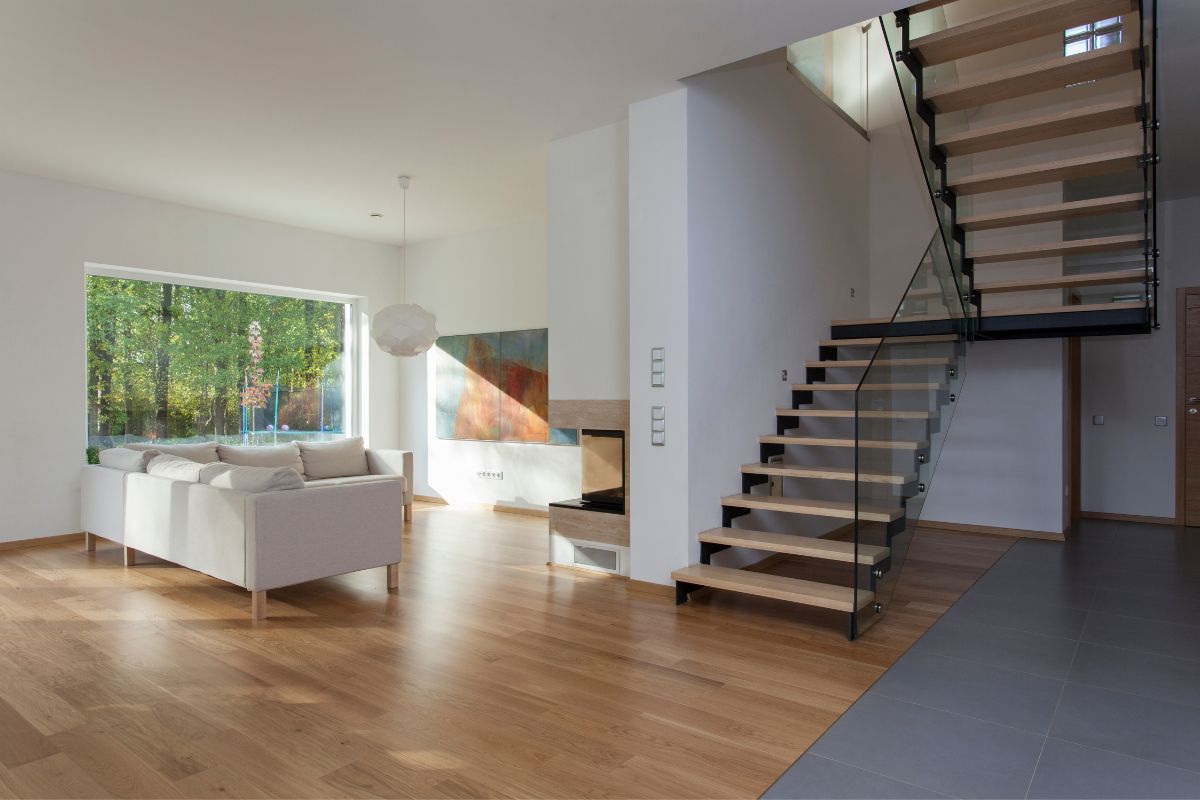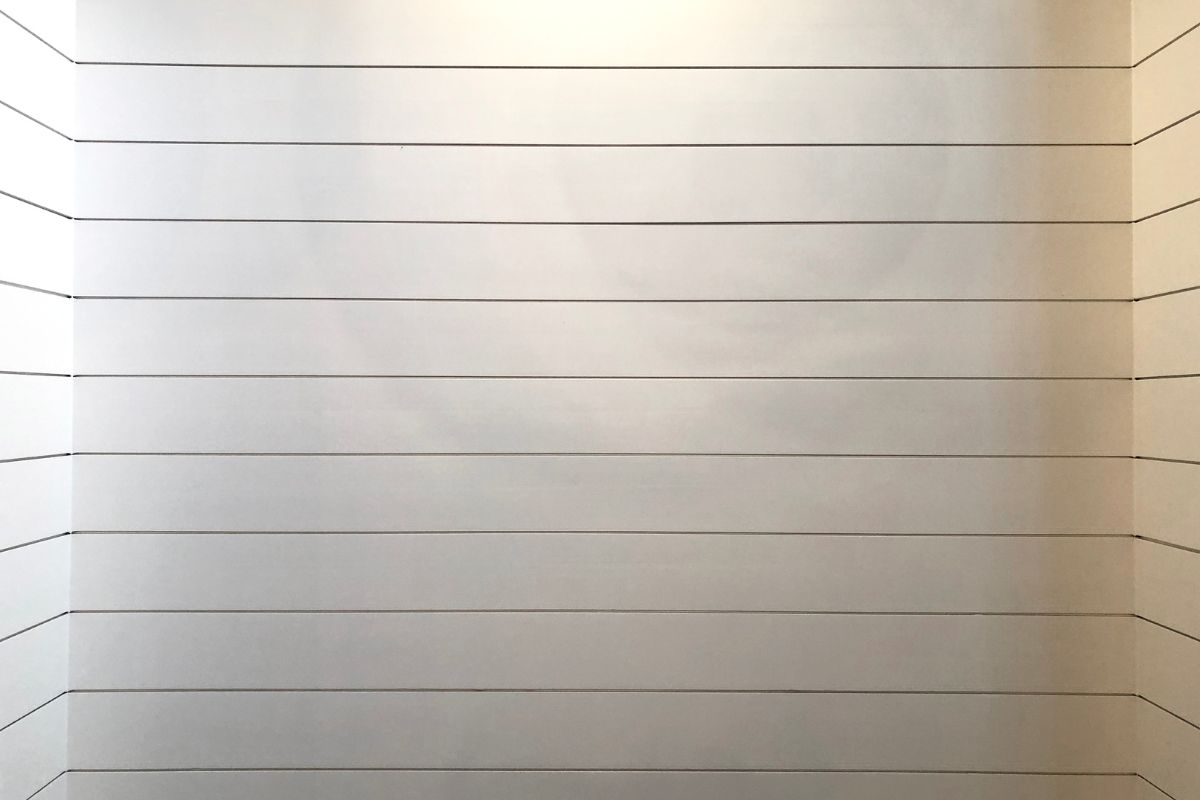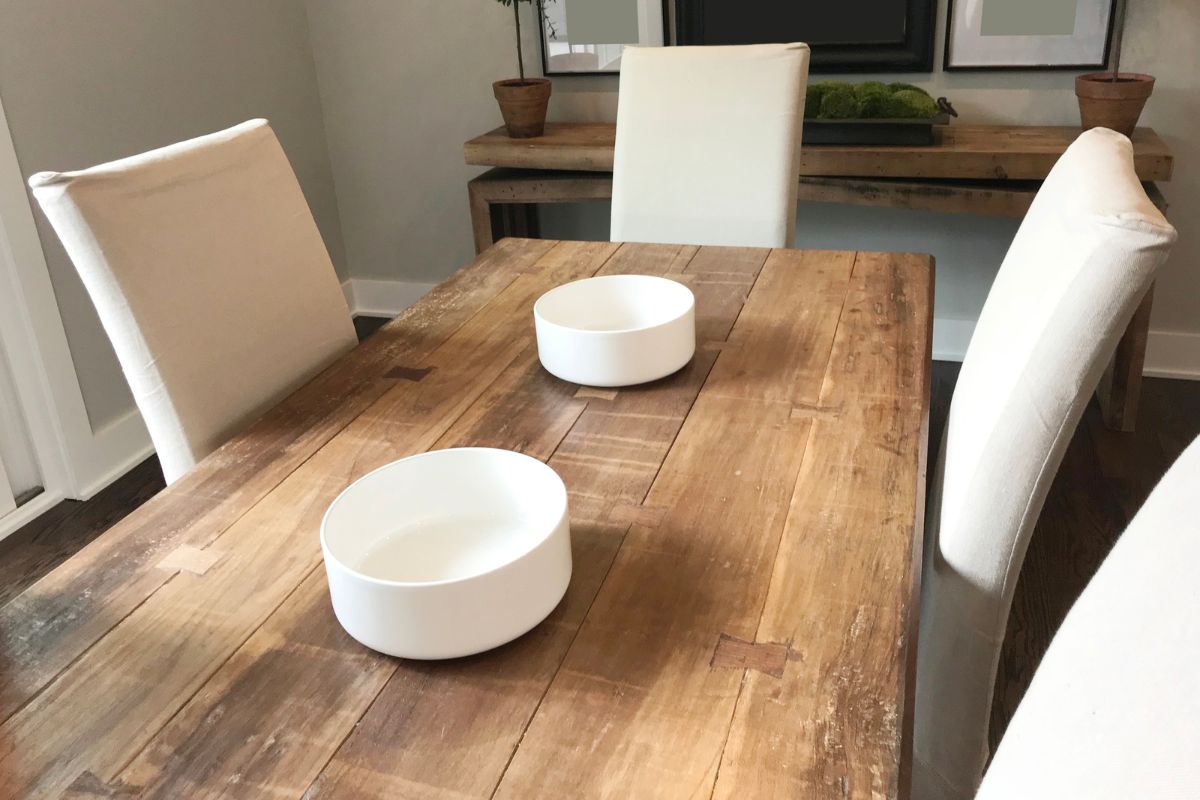As any carpenter will tell you, creating the perfect angle for new stairs is never an easy task – due in part to the mathematics involved, and the importance of hitting that sweet spot when it comes to height and number of steps.
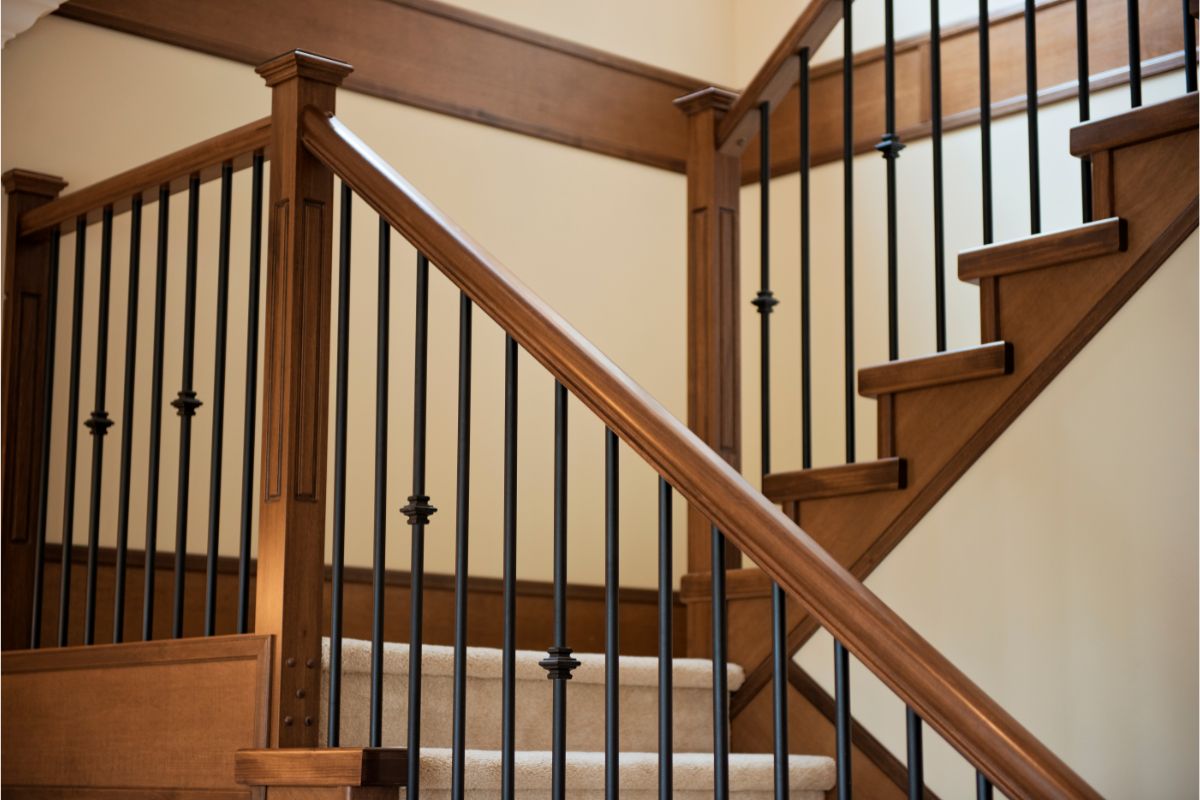
Luckily, there are some handy tips and tricks that can help you not only design your perfect set of stairs, but put those designs into action!
What Is The ‘Stair Pitch’?
Stair pitch refers to the slope of a staircase, and determines the ultimate steepness of the case, and the height and angle that each of the steps take.
Most modern regulations tend to put the desired pitch at no more than 42 degrees – such as in the United Kingdom, where it is the maximum angle allowed for domestic staircases. This changes slightly in the United States, which allows for a maximum of 32.4 degrees for domestic staircases, and a maximum of 45 degrees for industrial settings.
Why Is The Angle Important?
There are several reasons why the angle is important.
Efficacy
Firstly, the obvious answer is that there is a limited range of degrees where stairs can actually be useful and suited for the homeowner.
If the stairs are too steep, then it would not be conducive for domestic use. Similarly, an angle that is too shallow would require more space to reach the second storey than would be available.
Tread Depth
With this need for effective heights and depths, the tread depth is something that is important to consider when constructing a staircase.
This refers to how deep each step is, and as a general rule of thumb, this figure tends to be around 10 inches in domestic settings – although there are obviously variations depending on location and situation.
If the tread depth is too short, then a staircase would become less safe, and accidents would be more commonplace in the home.
Riser Height
Similarly, if the height of each step is not the right size, then climbing the stairs can be very tricky indeed.
Steps that are too high could mean that walking up them is impossible, and steps that are too shallow would be difficult to safely climb.
Calculating Existing Staircase Angle
Luckily, there are calculations that can be done to ensure that your staircase is the best it can be for your particular home.
Granted, there may be differences, particularly if your home is more unusual in terms of dimensions and setup, but by and large, this equation will get you the best measurements possible.
Finding The Slope
Finding the perfect angle requires some basic geometry, but staircase calculator tools are available online if math is not your thing.
You first need to measure the rise, or the vertical height of your staircase, then do the same with the horizontal depth of the stairs (Also check out Under Stairs Ideas In Living Rooms). The slope of the stairs is then the result of the following equation:
Staircase slope = rise (height) / run (depth)
Finding The Tangent

This is also the same when trying to work out the tangent (the opposite side length divided by the adjacent length). In the case of staircases, the tangent can be worked out by dividing the rise height by the run depth.
Tangent = rise / run
Once you have worked this out, you will then need the inverse tangent (or ‘arctangent’). This is slightly more complicated, and might require a calculator for help.
For this we better use an example. Say for instance that the rise of a step is 7 inches, and the run is 11 inches, this would mean that the slope of the stairs is:
Slope = 7” / 11”
The result of this would be 0.63, and the tangent would be the same. This means that the inverse tangent would be 32.4 degrees.
Calculations For A New Staircase
When it comes to installing a new staircase in a home, there is an equally simple equation that must be done in order to figure out how many stairs are needed.
This generally involves measuring the height of the total rise – that is, the height from the ground to the level you wish to reach.
This could be for interior steps, or for exterior steps leading to a deck or a patio, but the measurements are the same nonetheless.
You then need to divide the total rise by the appropriate run per step.
This will differ depending on the country in question, and whether the building is domestic or industrial. However, the following equation can be used to exemplify the process:
Number of steps = total rise / run
With real figures this would look like the following:
95 inches (total rise) / 7 inches (step run) = 13.53 steps
This means that, depending on the dimensions of the space you are working with, you could easily round up to 14 steps, or round down to 13 steps.
Calculating Rise Per Step
If you then wish to calculate the accurate rise per individual step, then you will need to do the following equation:
Step rise = total rise / number of steps
Using the above figures, this would look like:
95 inches (total rise) / 13 steps (rounded down) = 7.3125 inches per step
Why Is This Helpful?
Finding the stair angle is important for several reasons, but one of the main applications is for adding handrails to a staircase – be it at home or in industrial settings.
Handrails have to follow the exact same pitch as the staircase, and by American standards, the height of the top handrail post needs to be 34-35 inches above the nose of any stair tread.
This means that accuracy is not only important, but compulsory.
What Tools Could You Use?
There are also various tools you could use to make the whole measurement and calculation process much simpler. These include:
- Angle finder – a tool that determines the angle of the surface it is standing on.
- Level – this measures the angle based on the placement of the air bubble within the center.
- Speed square – a triangular tool used in carpentry.
Final Thoughts
And there we have it, everything you need to calculate the perfect angle for your staircase.
Whether you are calculating an existing slope, or whether you are looking to design a staircase for a new home or space, then there are equations and tools at your disposal to make the job easier.
Remember, the secret to perfection lies in math!
- The Woodworkers Guide to Brad Nailers: Everything You Need to Know - September 25, 2023
- How To DIY An Aztec Garden Dining Table [The Easy Way] - October 18, 2022
- Farrow & Ball Pigeon: Is It Right For Your Home? - October 17, 2022

